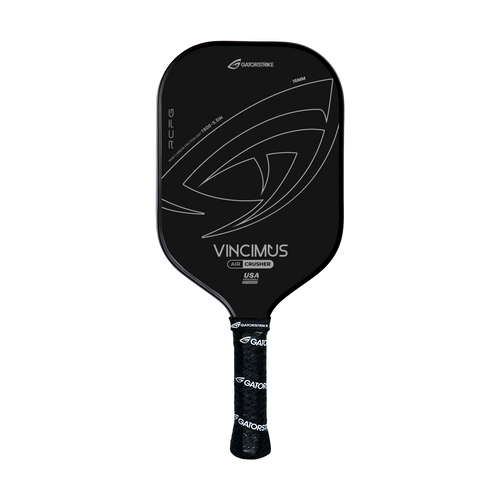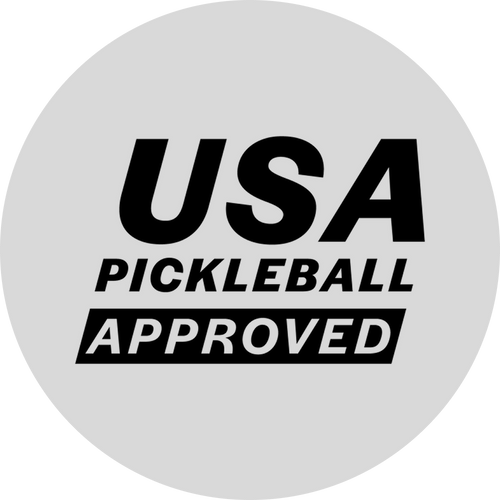
Building a Pickleball Community: Tips for Starting and Growing Local Clubs
Share
Pickleball is more than just a sport—it’s a social phenomenon that brings people together across generations. Whether you're an avid competitor or a casual weekend player, establishing a local pickleball club can create a sense of camaraderie, provide a structured way to play, and introduce newcomers to the game.
Starting and growing a pickleball community requires vision, organization, and a passion for the sport. In this guide, we’ll explore practical steps to build a thriving local pickleball club, from securing courts to fostering a welcoming culture that keeps players coming back.
1. Laying the Foundation: Defining Your Club’s Vision
Before you organize your first game, take time to define the purpose of your club. Are you focused on recreational play, competitive training, or a mix of both? Will your club cater to all skill levels, or will you have specialized sessions for beginners and advanced players?
A clear mission statement helps attract like-minded players and ensures the long-term sustainability of the club. Consider the following when defining your vision:
- Is the club open to all ages or specific demographics (e.g., senior players, juniors, families)?
- Will there be structured leagues, social play, or instructional clinics?
- Do you envision partnerships with local schools, businesses, or parks departments?
Having a strong identity makes it easier to recruit members and establish a reputation in your community.
2. Finding a Home: Securing Courts and Facilities
Access to quality courts is crucial to your club’s success. Here’s how you can secure a location for regular play:
Option 1: Public Parks and Recreation Centers
Many local parks have pickleball courts or convertible tennis courts. Contact your local parks department to inquire about reservations, permits, and potential partnerships. Some cities even offer grants for sports clubs that promote community wellness.
Option 2: Schools and Community Centers
Elementary schools, high schools, and colleges often have unused gym space that can be lined for pickleball courts. Schools may welcome a pickleball program, especially if you offer beginner clinics for students or staff.
Option 3: Private Facilities and Clubs
If public spaces are limited, look into tennis clubs, fitness centers, or YMCA locations that might allow you to rent space. Some private venues may be open to setting up dedicated pickleball times, especially if there’s a consistent group of players.
Once you’ve secured a location, create a regular schedule to establish consistency. Whether it’s open play on Saturday mornings or competitive ladder matches on weekday evenings, a predictable schedule encourages participation.
3. Recruiting Members: Growing Your Pickleball Community
Start with Your Existing Network
Begin by inviting friends, family, and coworkers to try the sport. A personal invitation is often more effective than a social media post when encouraging people to step out of their comfort zone.
Leverage Social Media and Online Groups
Create a Facebook group, Instagram page, or website to promote your club’s activities. Post updates about meetups, share photos, and engage with the community. Many cities have local pickleball Facebook groups—join them and invite members to your club.
Host Free Clinics and Open Houses
Nothing attracts new players like a low-pressure introductory session. Organize a free clinic where experienced players demonstrate basic techniques and help beginners get comfortable with the game. Providing loaner paddles ensures that newcomers don’t need to invest in equipment before trying pickleball.
Collaborate with Other Organizations
Partnering with local businesses, retirement communities, or fitness centers can introduce new players to the sport. For example, a sporting goods store may be willing to sponsor a tournament in exchange for brand visibility.
Word of Mouth is Powerful
Encourage club members to bring a friend to each session. A welcoming atmosphere and positive player experience will naturally generate buzz and increase membership.
4. Organizing Events: Keeping Players Engaged
Variety keeps a club dynamic and exciting. Consider implementing these events to maintain engagement:
Social Mixers
Organize casual events where players rotate partners every few games. This helps integrate new members and fosters a strong sense of community.
Round-Robin and Ladder Leagues
A structured ladder league (where players move up or down based on match results) keeps competition engaging and motivates players to improve their skills.
Themed Pickleball Nights
Hosting unique events, such as "Glow-in-the-Dark Pickleball" or "Doubles Costume Night," can create excitement and attract diverse crowds.
Charity Tournaments
Raise funds for a good cause while promoting the sport. Charity events bring in outside spectators and potential new players.
By offering a mix of recreational play and competitive opportunities, you’ll cater to a broader audience and keep members invested.
5. Fostering a Positive Club Culture
A great pickleball club isn’t just about skill levels—it’s about the atmosphere and sportsmanship that define the community.
Set a Welcoming Tone
From the first game, make sure new players feel included. A designated “New Player Ambassador” can introduce beginners to the rules and ensure they find playing partners.
Emphasize Good Sportsmanship
Establish a code of conduct that encourages fair play, respectful communication, and friendly competition. A “Fun First” philosophy helps maintain a positive environment.
Encourage Skill Development
Offer beginner and intermediate training sessions so players can improve at their own pace. A club that nurtures player growth will retain members for the long term.
Celebrate Milestones
Recognize achievements, such as a member's first tournament win, longest rally, or a junior player mastering a new technique. Acknowledging progress strengthens community bonds.
6. Sustaining Growth: Keeping Your Club Thriving
Once your pickleball club is up and running, long-term success depends on organization and leadership.
Establish a Leadership Team
A small committee can help manage scheduling, finances, events, and membership communication. Distributing responsibilities ensures that the club doesn’t rely on just one or two individuals.
Consider Membership Fees or Donations
While keeping play free is ideal, modest membership fees can help cover costs for equipment, court rentals, or event prizes. Offer perks like priority registration for tournaments to incentivize memberships.
Continue Spreading Awareness
Never stop promoting your club! Stay active on social media, reach out to local media for feature stories, and engage with community leaders to expand your reach.
Adapt and Innovate
Stay open to feedback from members. If a new format or event idea emerges, be willing to experiment and evolve to keep the club fresh and exciting.
Final Thoughts
Building a pickleball community isn’t just about organizing games—it’s about fostering friendships, promoting healthy activity, and sharing a passion for the sport. With the right approach, your club can become a staple in your community, introducing more people to the joy of pickleball and creating lifelong connections.
So grab your paddle, rally your players, and start growing the pickleball movement in your local area. The court is waiting! 🎾🏓

















